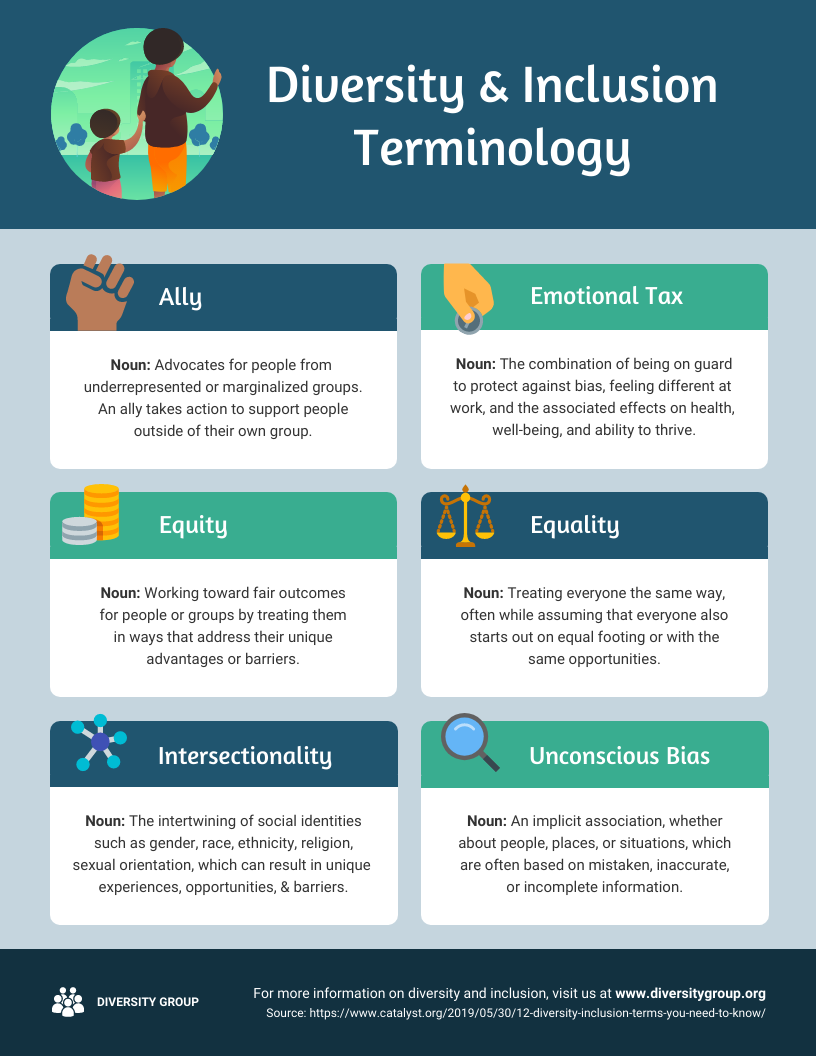Diversity training has been growing in importance over the past few years. But are these programs making a difference to company culture?
The world has become smaller—due to better communication technology and the recent pandemic—which has made cultural understanding more necessary than ever before.
Inclusion and diversity now need to be incorporated into employee training and development programs for companies.
But to be truly effective, companies need to understand why cultural diversity training is important for their employees and their future.
Marketing Technology News: Force Marketing Increases Portfolio With Acquisition of Houston-Based GSM
What is Diversity Training?
Numerous companies perceive diversity and inclusion training as a mandatory exercise that will help them avoid potential poor employee reviews or lawsuits.
But this process is more necessary for building a company culture that allows employees to learn from each other and develop their skills within the company.
It can change the mindset of team members so they organically question and reframe their actions to be more inclusive of each other.
Diversity training works in two steps—by building awareness of cultures and by encouraging employees to build their communication skills.
Why is Diversity and Inclusion Training Important?
A collaborative and understanding company can boost employee engagement and morale, which is why diversity training in the workplace is crucial.
But diversity and innovation are also directly linked. According to BCG, companies with diversity practices saw above-average innovation revenue, as compared to less diverse businesses.

Training will help employees recognize and accept the differences between different groups of people, thus creating a more cohesive company.
How to Create Effective Diversity Training Programs
Understanding how inclusivity works for a company and implementing it are completely separate. Here are the five best ways to run effective diversity training programs.
1. Update Company Culture
A diversity training program can only be successful if the company values acknowledge the need for an inclusive culture.
Recruiting more employees from diverse backgrounds and with diverse experiences won’t make any difference if they don’t feel comfortable or accepted within the office environment.
Diversity efforts work well if the company makes sweeping changes to its core values and practices. This means avoiding tokenism and removing unconscious biases.
Companies need to equip employees with the right tools to help them overcome their in-built biases and move them away from conformity dynamics.
Microlearning is a process that many organizations can use to instill a diverse mindset. By creating bite-sized and easy-to-absorb content pieces, you can boost learning retention.
An infographic, like the below, can be included in diversity training modules to create a more inclusive company culture.

Source: Venngage
2. Encourage Participants
According to studies by Harvard and Yale researchers, encouraging voluntary participation in cultural diversity training is more effective than mandating it.
Though it sounds counterintuitive, giving employees the option to choose whether or not to attend diversity training makes them feel less pressured to participate.
It also increases how invested employees feel in the notion of diversity in their companies.
And because the volunteers are already interested in learning about diversity, they are better able to retain what they learn at the sessions.
However, organizations should look at incentivizing participation in team training by offering catered meals, time in lieu, or monetary compensation.
3. Goal-Oriented Learning
Learning retention is one of the biggest challenges for any employee training program. Asking employees to sit through lectures, view videos, or read content isn’t going to help them learn.
To make diversity training in the workplace effective, learning needs to be goal-oriented, not just for the program, but for the participants.
Employees should be asked to set goals for themselves in terms of what they have learned, such as learning the basics of sign language or mentoring marginalized employees.
Also, trainees should participate actively in the exercises, through tests, discussion groups, and role-playing, so their learning retention approves.
4. Ongoing Diversity Training
Organizations need to accept that diversity training programs are not a one-and-done deal. To successfully create an inclusive company culture, training needs to be an ongoing process.
Set aside time to regularly refresh the information already shared and to increase employees’ knowledge of diversity practices.
But it’s also important for employees to see diversity in action. It should be a priority to make diversity a part of the company culture.
Celebrate diverse events in the workplace and encourage everyone to get involved. Update the office calendar with holidays from around the world so that all employees feel included.
Create opportunities for employees to learn from each other such as book clubs, trivia nights, and team bonding activities. People can learn quickly when they’re in relaxed settings.
5. Use Data to Improve Programs
Creating a program is only the beginning of the diversity training process—companies also need to know when and how to improve their programs by measuring their impact.
Managers and department heads should design surveys to collect feedback from participants. Here are some of the areas to measure:
- How has the training changed the behavior of employees who participated in the program?
- What are the attitudes of employees in the company towards diverse groups?
- Has there been any uptake in recruitment? Are more diverse groups interested in applying to your company now than before?
Design a follow-up system to your training program so your company can create a long-lasting culture of diversity and inclusion.
Becoming more diverse isn’t an item to tick off a business’ list. It is a way of being that needs to be structurally implemented across the board in workplaces.
Marketing Technology News: Netflix’s Biggest Competitor is Disney+ in SVOD Business
Conclusion: Make Diversity Training a Company Mindset in 2021
Diverse practices are the need of the hour—they have been for a while now. Businesses need to become more inclusive and adapt their company culture accordingly.
But companies need to accept that diversity training isn’t a catch-all for fixing all the biases intrinsic to a company. This is a continuing process for organizations and their employees.
We have outlined what diversity training is and what the benefits are so that companies can improve their diversity training in 2021.












Comments are closed.